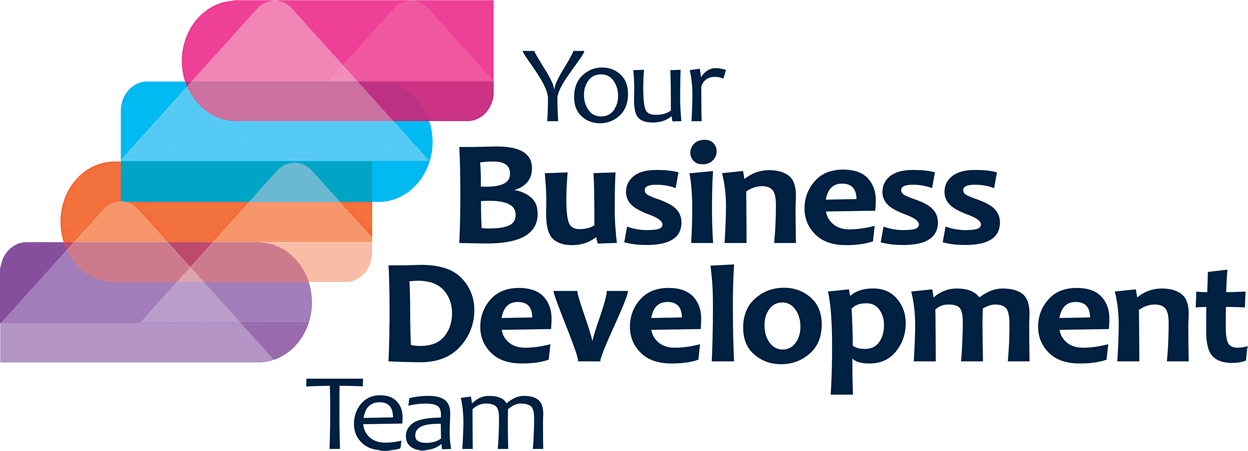Day to day we live in a world where we are bombarded by technology. If it’s not emails, its ‘likes’, tweets, snaps, shares, PM’s, notifications, requests to link etc etc etc. It’s all noise. Noise that we are all familiar with and by being used to it, we sometimes don’t see it or even ignore it.
That’s where promotional products come into their own. What I mean by this, is pens, mugs, key rings, rules, torches, coasters, mouse mats…. the list is endless. These items are loved by many, borrowed from others, picked up at an exhibition and given by companies. Why do we love this stuff? Cause it’s free. And everyone loves something for free.
That free pen, as long as it’s good quality, may well be your writing instrument of choice for years and the cost to you is zero. You didn’t have to buy on Amazon or go to Smiths, it was given by someone who wanted to make YOU aware of THEIR brand. Every day you use and love that pen, you’ll see them, subtly reminding you of who they are. You know what, when you are in the market for that service, you’ll probably think of them! It’s VERY powerful.
Why do people like Coca Cola advertise? we know who they are! They hope that when you are thirsty, there’s will be the brand you think of and it’s the same with that branded office mug, it’s always there silently selling that company. It may well be used 6 times a day, that’s 6 messages being burnt into your subconscious mind. Keep that mug a year… I’ll leave you to work out the maths.
People often worry that the pen or items will ‘go into the wrong hands’, ‘be given away’, ‘the kids will take it’. You know what, that’s awesome. That’s perfectly fine, as the product is still out there. The key is HOW it’s been given, HOW it was followed up and what sort of quality it is.
The question of ROI is often asked of me. What will be my return on investment? I have no idea! But I have stopped counting the times I’ve spoken to clients who have kept my water bottles and a year later have ordered from me because the time is right!
In the next few years, the ability to cold call or cold email will be taken from us, and we need to get smart and be prepared! Lumpy mail sent to your prospect is the next big thing. An item, sent in a jiffy bag, too big for a letter box that has to be received I the hand. THAT’S THE KEY. A parcel that makes the recipient think ‘what on earth is this’?’. You follow that up, and your hundreds of times more likely to be remembered than a SPAM email that’s in the Junk folder.
You can’t unsubscribe from direct mail, you can’t put it in the junk folder, you can’t block it. Sending promo items in the post is the new marketing goldmine and you need to get onboard. Promotional products are great; they make people smile, they show you are happy to invest in your prospects and existing clients. it’s dead powerful and dead personal.
Worth a try!
For more information visit Matt’s website here



